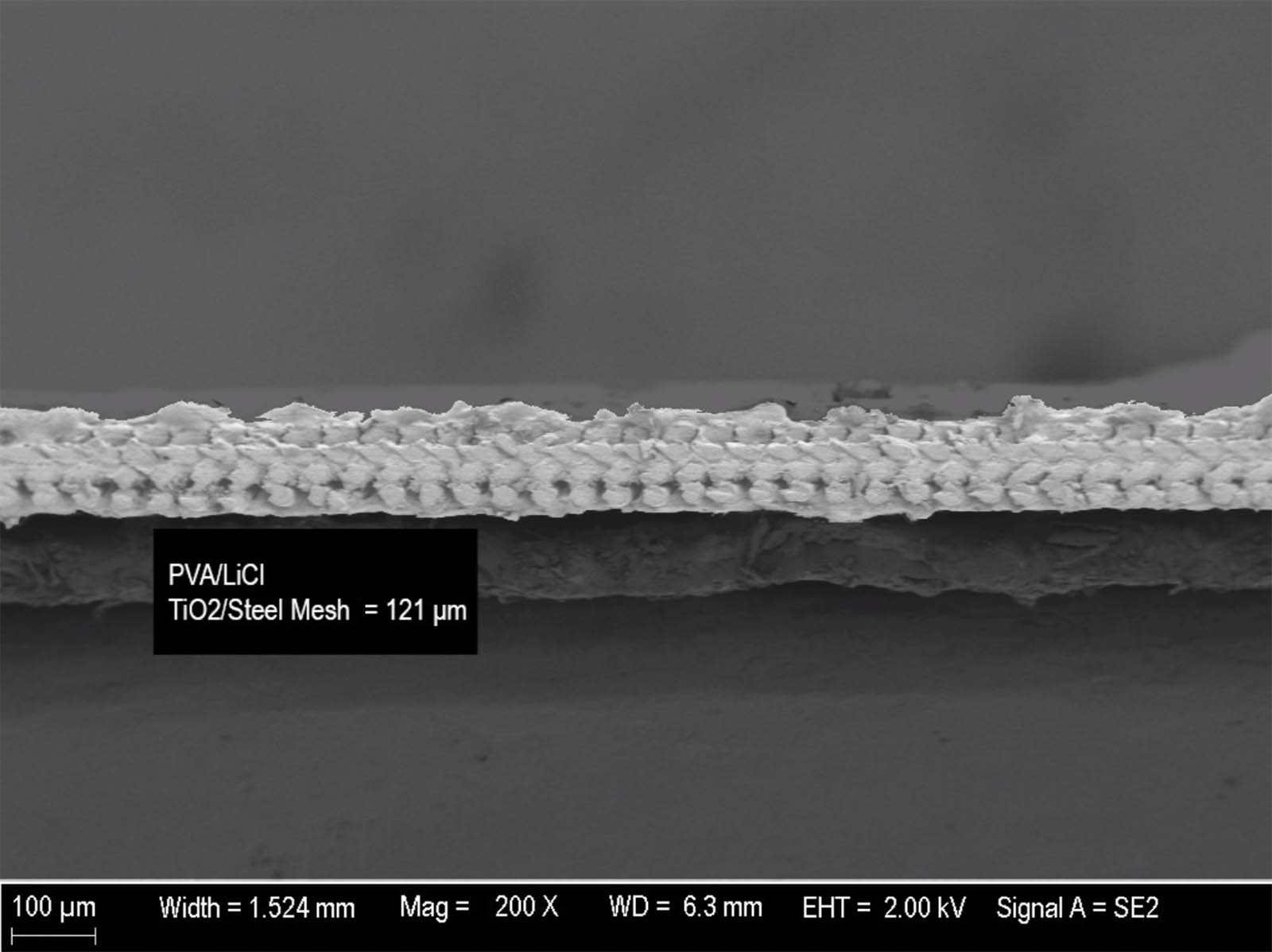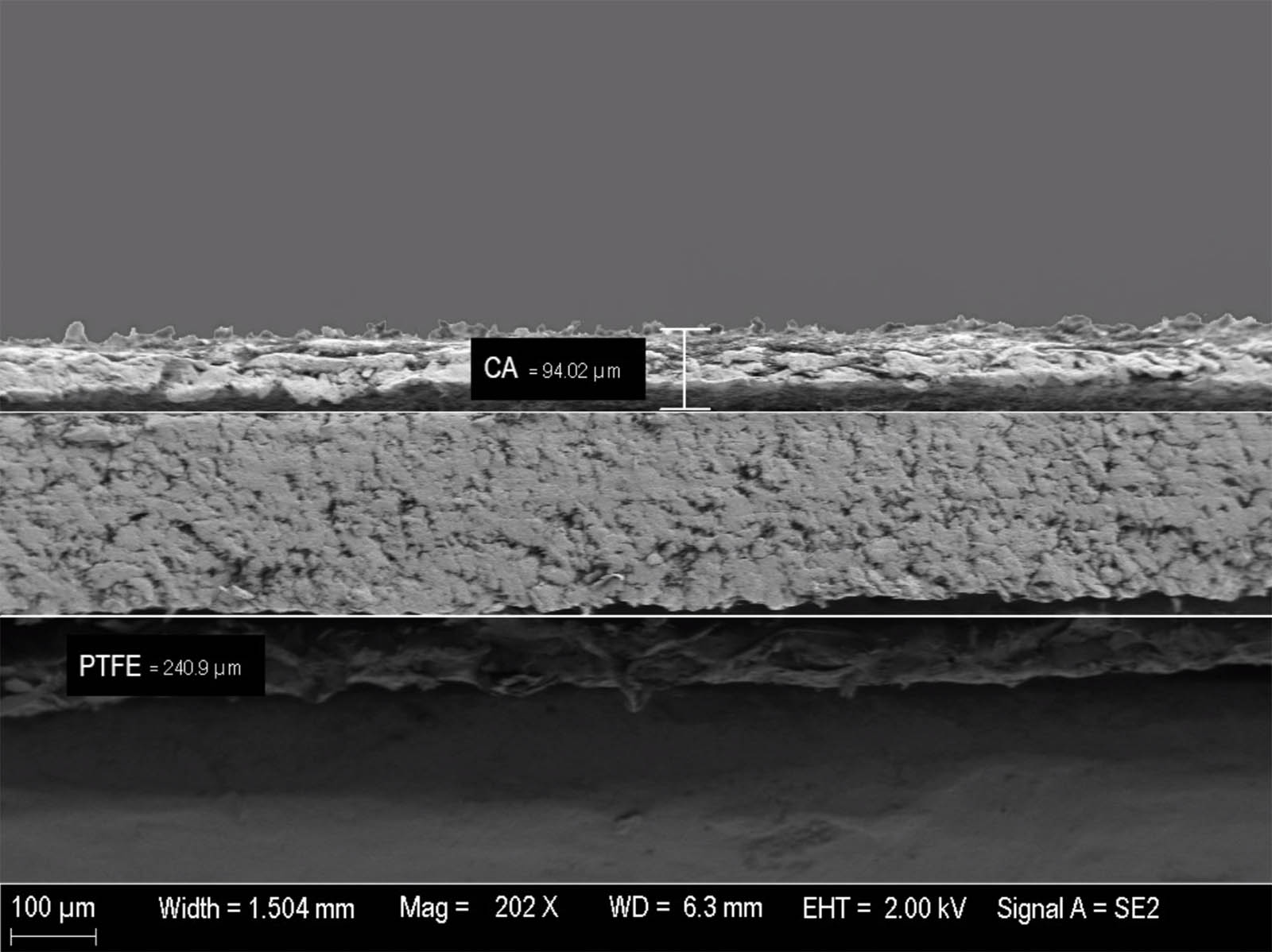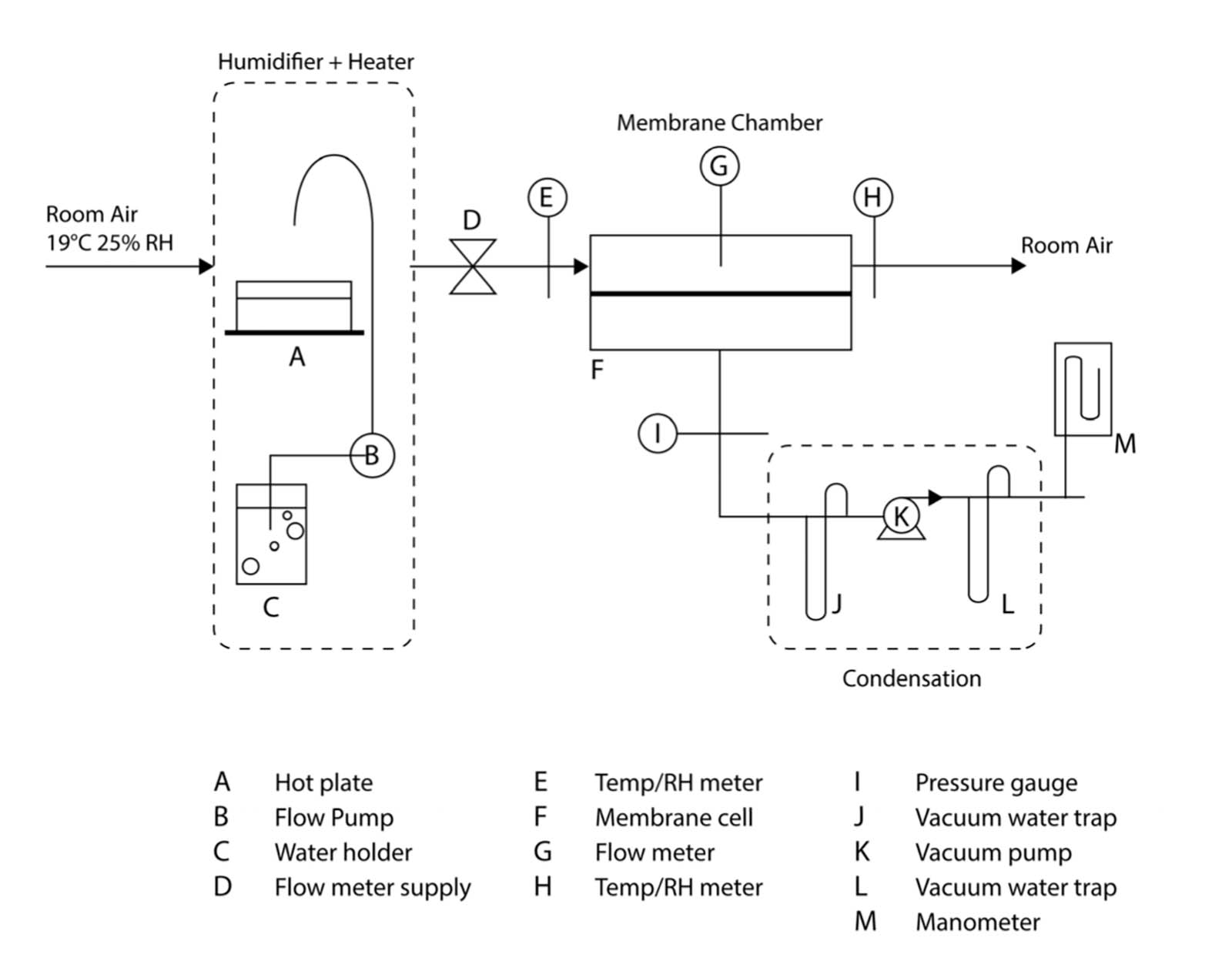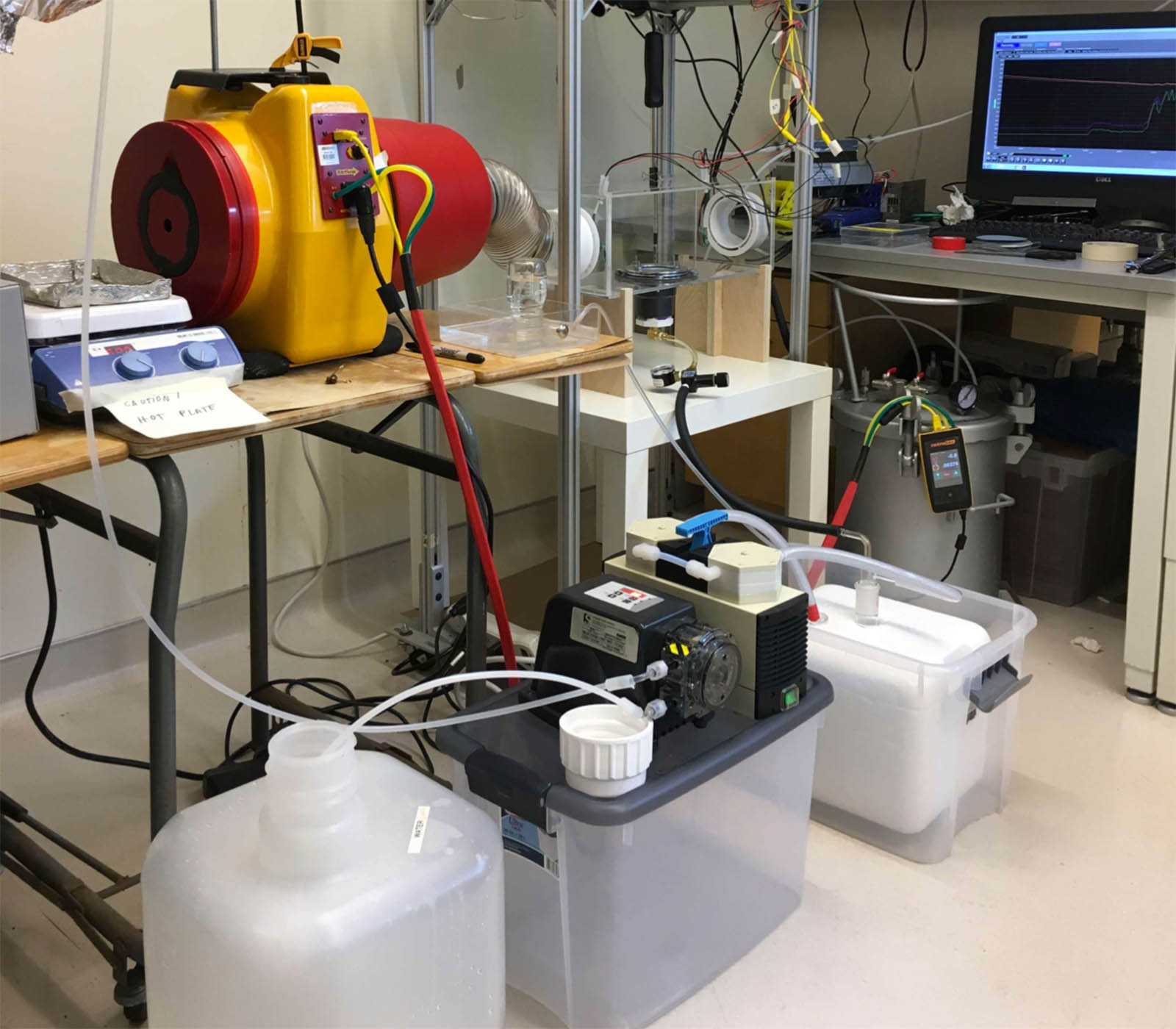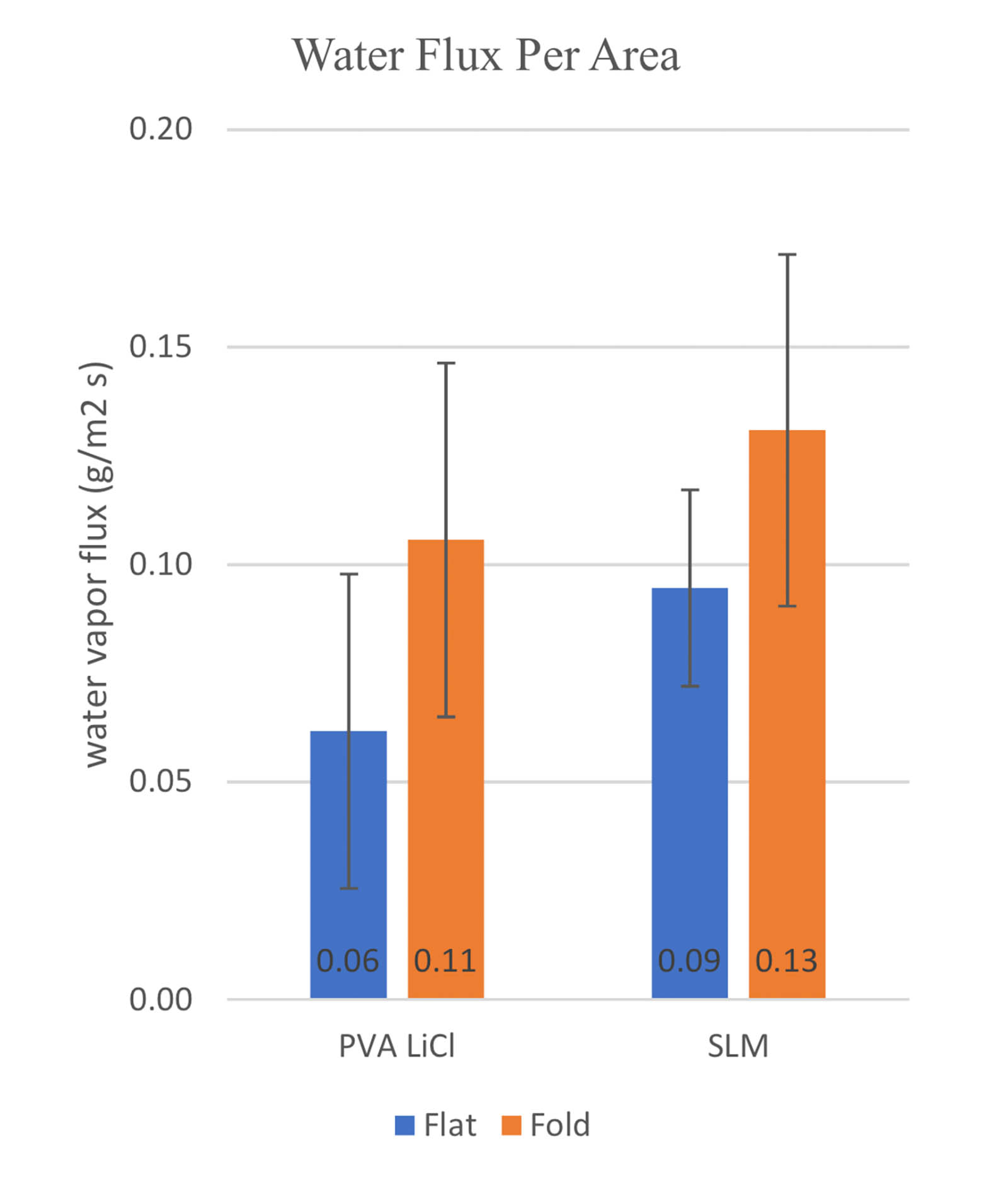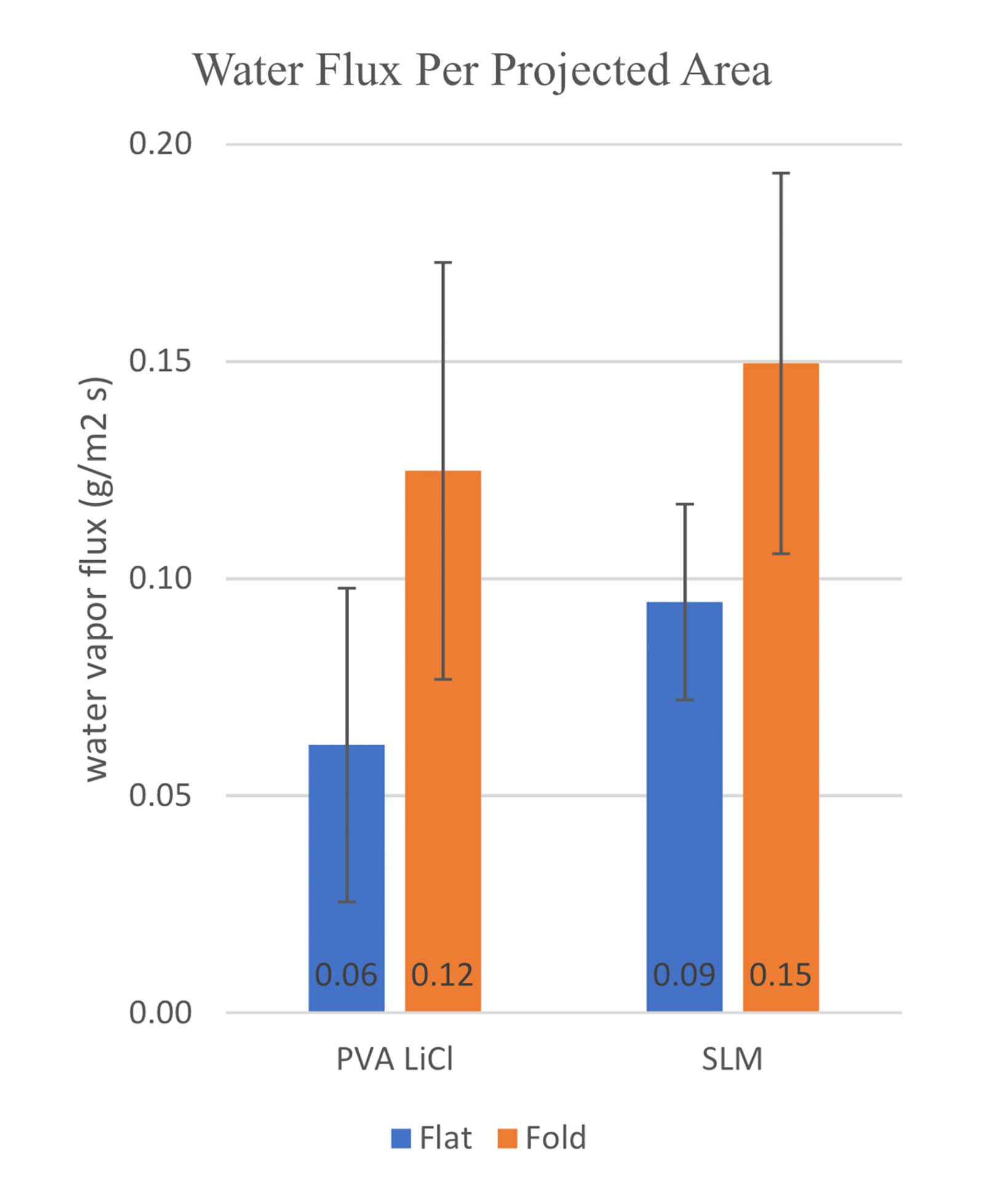The Humid Threshold: Cooling hot, humid climates via membrane dehumidification
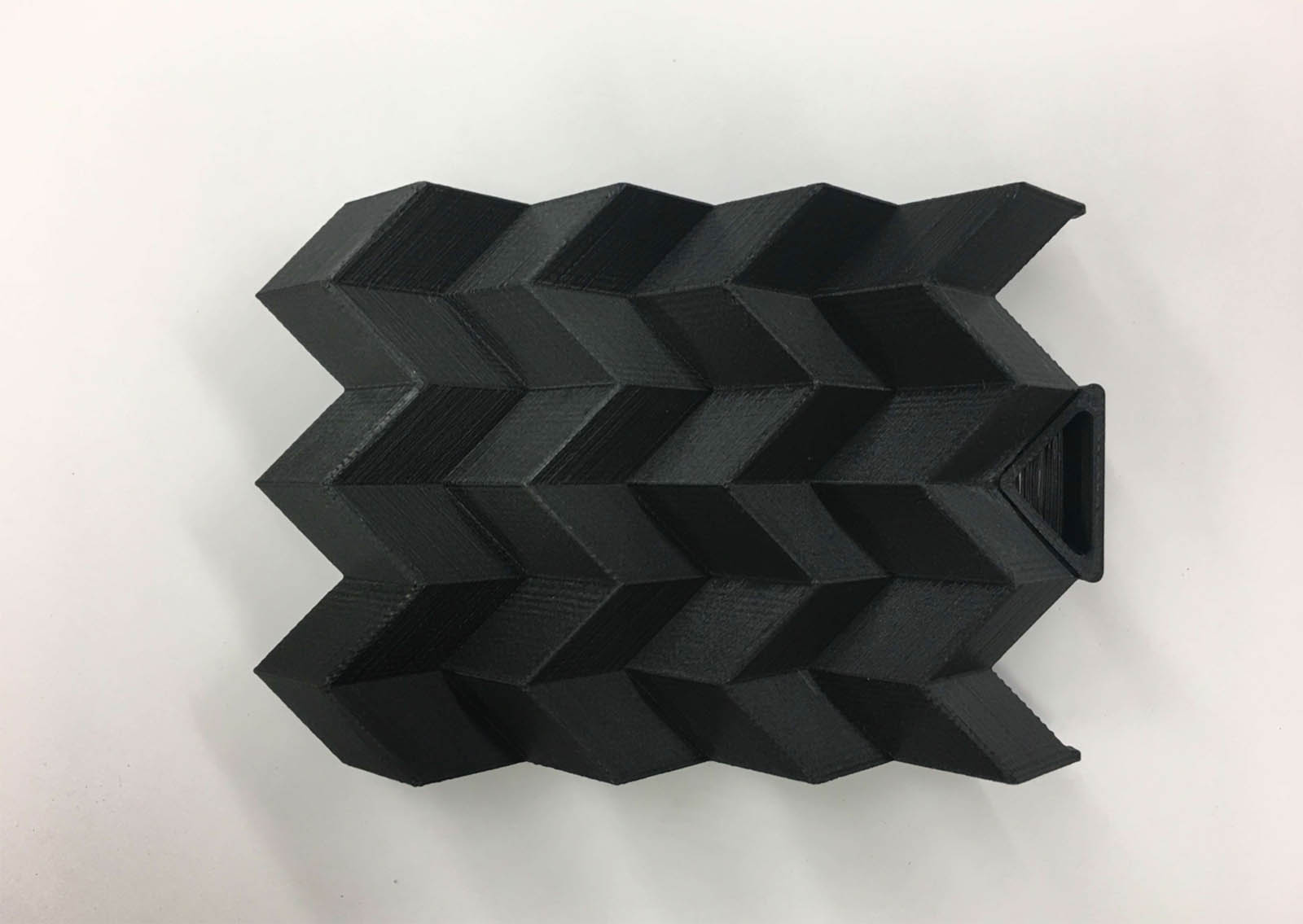
PLA plastic model used for the support of membranes in experiment
by Pamela Lucia Cabrera Pardo (MDes ’19) — Recipient of Daniel L Schodek Award for Technology and Sustainability
The thesis centers on the design of a membrane material for cooling hot, humid climates via dehumidification, by selecting water vapor out of humid air. While membrane selectivity is a well-known field of study, found throughout nature and applied across industries, architecture has only regarded membranes as barriers. However, membranes have the potential to separate substances through diffusion, a passive process that is isothermal, and therefore a membrane selectivity system for dehumidification can be less energy intensive than typical vapor compression systems (Yang, Yuan, Gao, & Guo, 2015) (Woods, 2014) (Mahmud, Mahmood, Simonson, & Besant, 2010). Membrane dehumidification research has been developed over two decades for the enhancement of air mechanical units, but it has not yet been proposed as a building material. This thesis investigates the possibility of using membranes as a building screen material to dehumidify incoming air as it is drawn into a building. This application could lower the latent heat that drives air conditioning demand in humid climates, and thus increase natural ventilation potential and other passive dry-bulb cooling strategies.
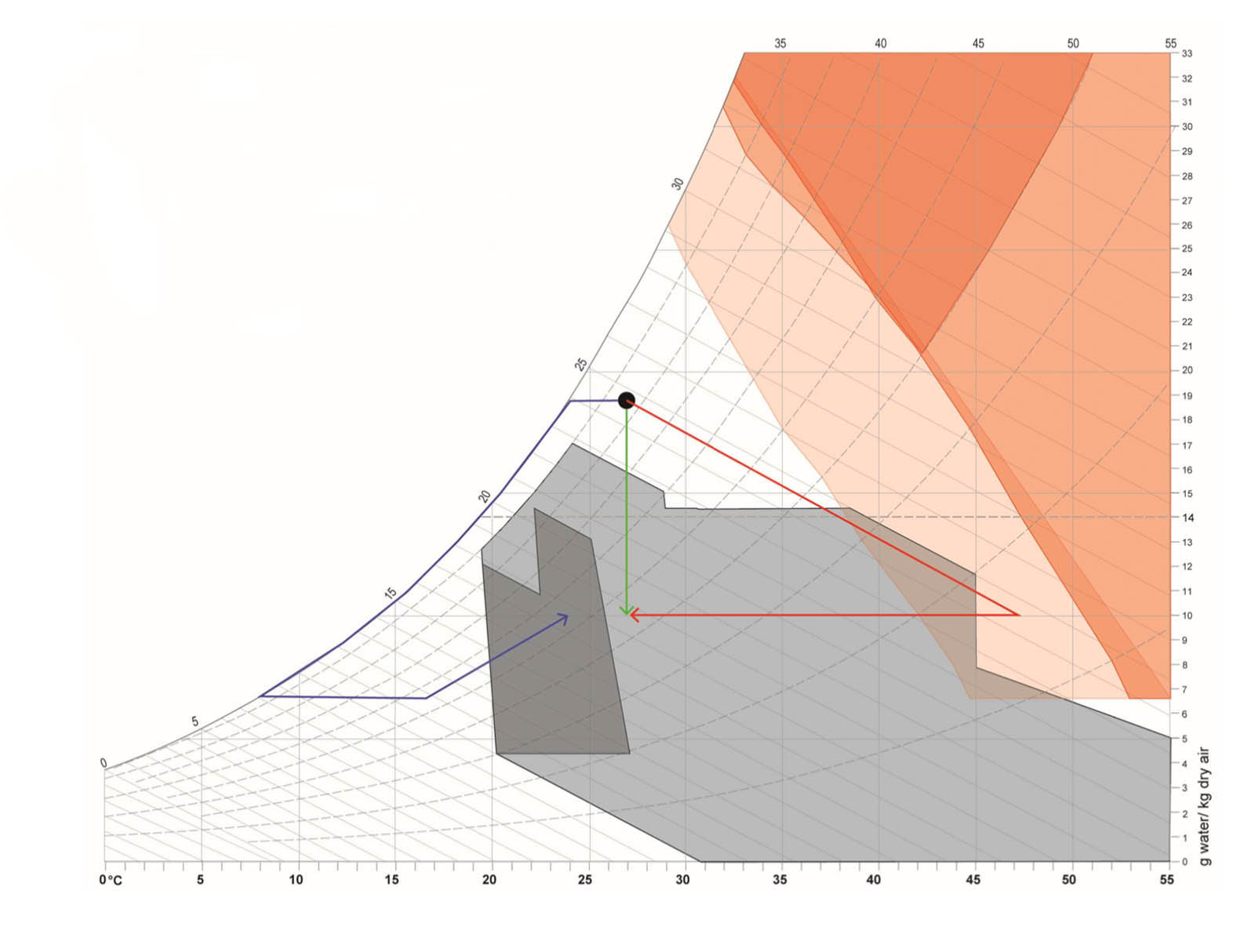
In comparison with desiccants and condensation processes used for dehumidification, the membrane system extracts water vapor as a gas, without a phase change, meaning that there is no heat byproduct from the process. Through a mixed-method study that includes experimentation, design prototyping, and simulation, the thesis proposes a Miura geometry membrane arrangement to deploy as a building screen. The geometry is intended to increase surface area and induce flow turbulence for higher air-membrane contact. Two membrane materials are tested under different form configurations, a dry membrane (PVA with LiCl) and a supported liquid membrane (PTFE and CA with PEG400). The results show that the proposed design has a higher impact on the performance of the membrane than the difference in material permeability. A new passive form of latent cooling through openings in a building envelope could reduce the need for vapor compression mechanical systems, reduce the operational energy of buildings and create more resilient and healthier spaces by allowing natural ventilation design strategies.
